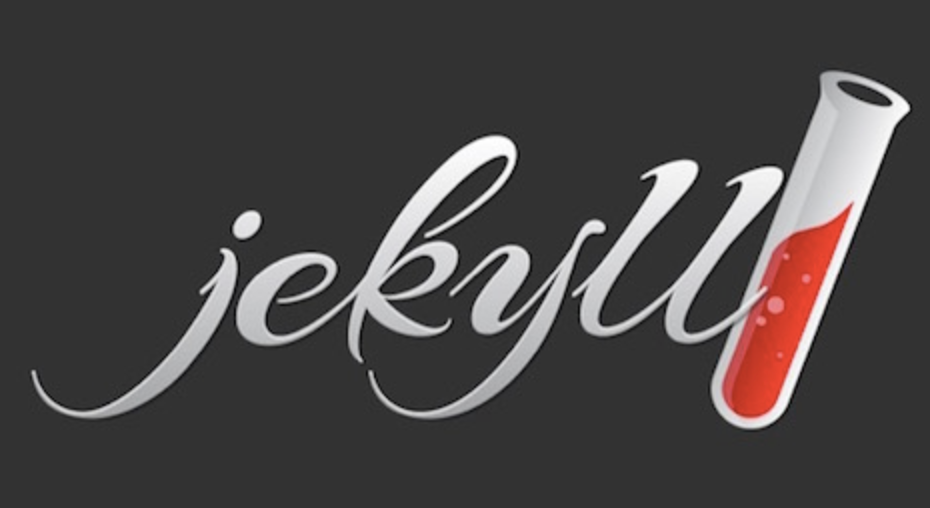Blog : Static website
A brief presentation of the technologies used for this website
This site is a place where I can document my projects and ideas. While I have built several websites before, this one was deliberately kept simple: just a blog and a few static pages for my posts, with straightforward navigation.
To achieve this, I chose Jekyll to generate the site and GitHub Pages for hosting. These tools were familiar to me from a previous project where I used them to create another website.
Jekyll : A static site generator
While many similar tools exist today, I continue to use Jekyll for its simplicity and robust support.
Jekyll is an open-source static site generator written in Ruby. It processes Markdown and Liquid templates to produce a complete static website that can be served by any web server.
This setup allows me to quickly add new content by simply creating a new Markdown file.
Read more about Jekyll on the official website : https://jekyllrb.com/.
Github Pages : A free hosting service
GitHub Pages offers free hosting for Jekyll websites directly from a repository. The website is then published and can be accessed at username.github.io or under a custom domain name.
As you’ve probably noticed, I opted for the latter because I already own the beniserv.fr domain for my home server and other services.
Read more about Github Pages on the official website : https://pages.github.com/.
Chirpy : A stylish Jekyll theme
Rather than building the site from scratch, which would have been time-consuming and beyond my design skills, I looked for an existing theme and found Chirpy by Cotes Chung. It had everything I needed: a clean design with essential blog features like posts, tags, categories, search, and an archive.
Thanks to this well-designed theme, I was able to get the site running in just a few minutes. And because the theme is so well-designed, it only takes a few minutes to get started.
Read more about the Chirpy theme on its repository : https://github.com/cotes2020/jekyll-theme-chirpy.
Multi-language : Implementing Polyglot
One limitation of the Chirpy theme was its lack of multilingual support. Since I want to write posts in both English and French, it was important to offer readers an easy way to switch languages.
Fortunately, there’s a Jekyll plugin called Polyglot that provides this functionality. I integrated it into my site with a few adjustments to the theme and added a language selector to the sidebar.
Read more about the Chirpy theme on its repository : https://github.com/untra/polyglot.
Eventually, I plan to clean up my code and submit a pull request to the Chirpy theme repository, as I believe multilingual support could be a valuable addition.
The source code of the website is available in one of my repository on Github : https://github.com/nicopaulb/blog.

